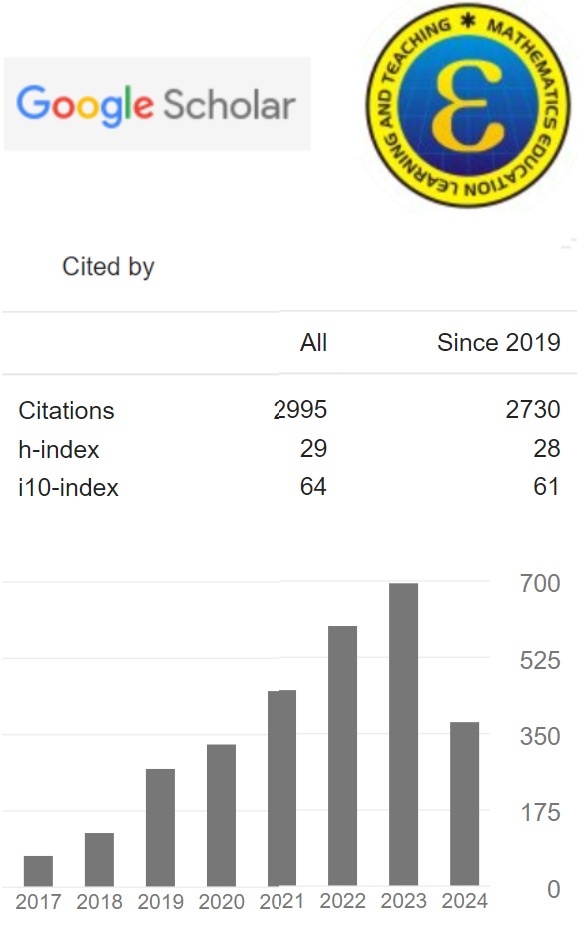The Ability of Student Math Literation on Problem Based Learning Model
(1) STKIP SOE
(2) STKIP SOE
(3) STKIP Soe
(*) Corresponding Author
Abstract
Keywords
Full Text:
PDFReferences
Depdiknas. (2006). Peraturan Pendidikan Nasional No 22,23,dan 24 Tahun 2006. Tentang Standar isi Untuk Satuan Pendidikan Dasar dan Menengah. Jakarta : Depdiknas.
Fitriono, Y., Rochmad, R., & Wardono, W. (2016, February). Model PBL dengan Pendekatan PMRI Berpenilaian Serupa PISA untuk Meningkatkan Kemampuan Literasi Matematika Siswa. In PRISMA, Prosiding Seminar Nasional Matematika (pp. 514-526). Retrieved from https://journal.unnes.ac.id/sju/index.php/prisma/article/view/21683
Hamdayama. (2014). Model dan Metode Pembelajaran Kreatif dan Berkarakter. Bogor: Ghalia Indonesia.
Istiandaru, A. (2014). PBL Pendekatan Realistik Saintifik dan Asesmen PISA untuk Meningkatkan Kemampuan Literasi Matematika. Unnes Journal of Mathematics Education Research, 3(2).1-8. Retrieved from https://journal.unnes.ac.id/sju/index.php/ujmer/article/view/4620
Jufri, L. H. (2015). Penerapan Double Loop Problem Solving untuk Meningkatkan Kemampuan Literasi Matematis Level 3 pada Siswa Kelas VIII SMPN 27 Bandung. Lemma, 2(1), 52-62. https://doi.org/10.22202/jl.2015.v2i1.526
Kemendikbud. (2013). Materi Pelatihan Guru Matematika SMP/MTs tentang Implementasi Kurikulum 2013.
Linuhung, N. (2014). Pengaruh Strategi Pemecahan Masalah Wankat-Oreovocz dan Pembelajaran Teknik Probing terhadap Kemampuan Literasi Matematis Siswa SMP. AKSIOMA: Jurnal Program Studi Pendidikan Matematika, 3(2).35-42. https://doi.org/10.24127/ajpm.v3i2.32
Graham, K. J., & Fennell, F. (2001). Principles and standards for school mathematics and teacher education: Preparing and empowering teachers. School Science and Mathematics, 101(6), 319-327. https://doi.org/10.1111/j.1949-8594.2001.tb17963.x
OECD. (2016). PISA 2015 Assessment and Analytical Framework: Science, reading, mathematic and financial literacy. https://doi.org/10.1787/9789264255425-en
Suherman, E. (2003). Strategi pembelajaran matematika kontemporer. Bandung: Jica.
DOI: 10.24235/eduma.v9i1.6036
Article Metrics
Abstract view : 91 timesPDF - 38 times
Refbacks
- There are currently no refbacks.
Copyright (c) 2020


.png)










